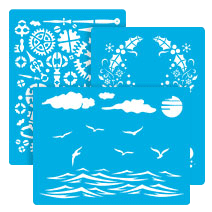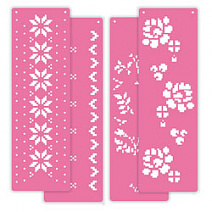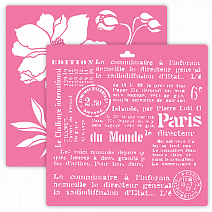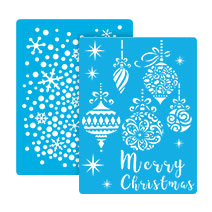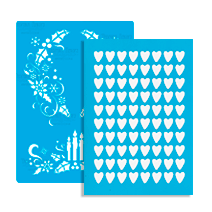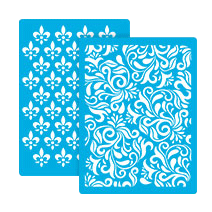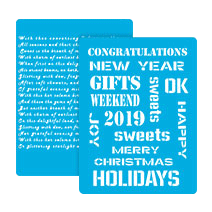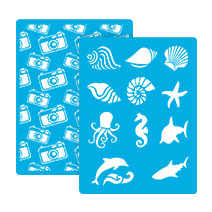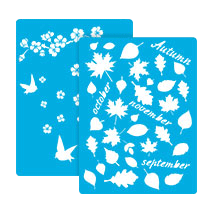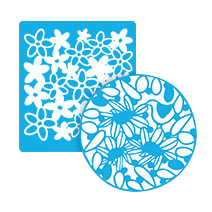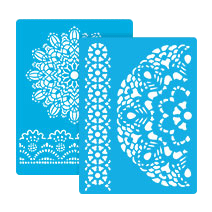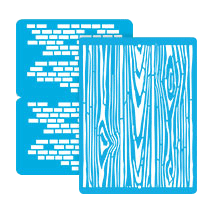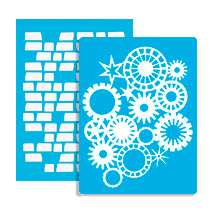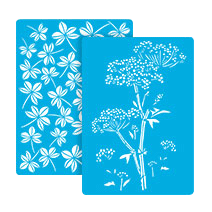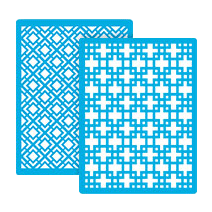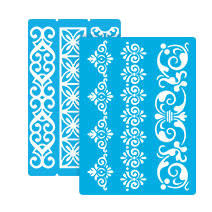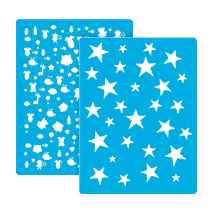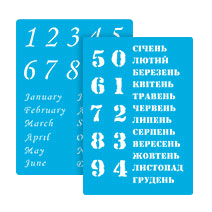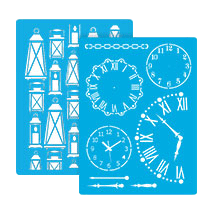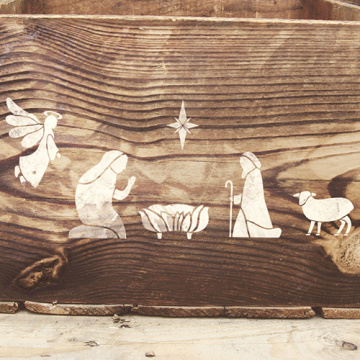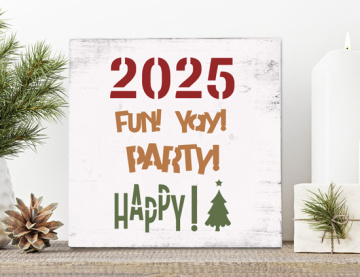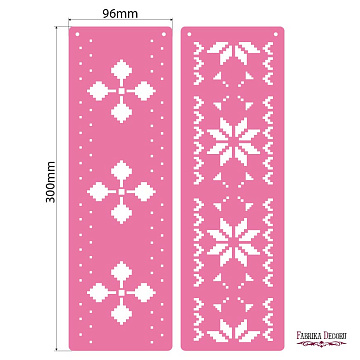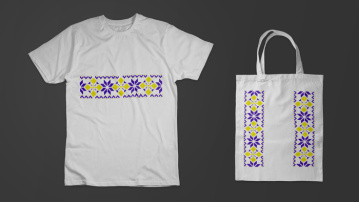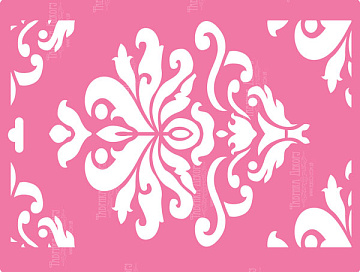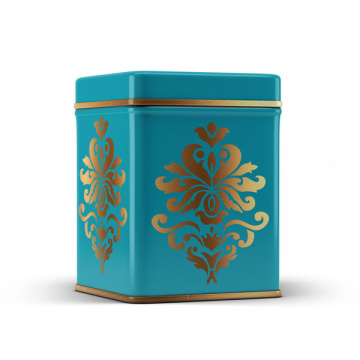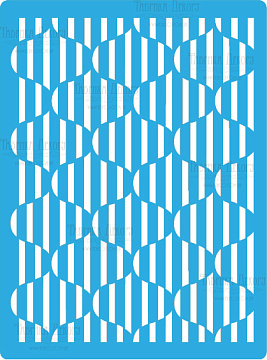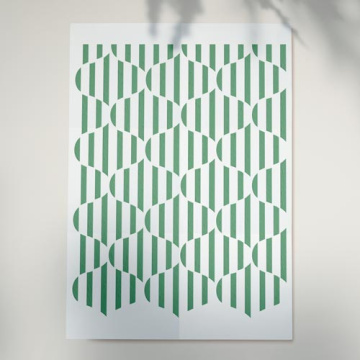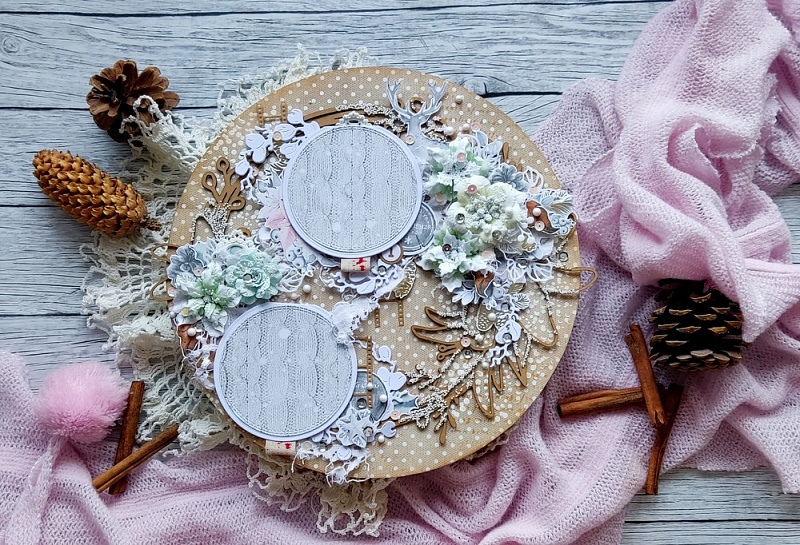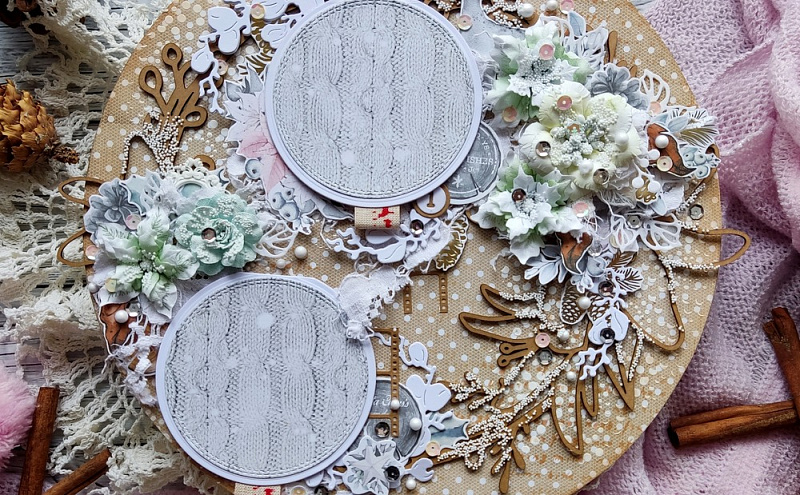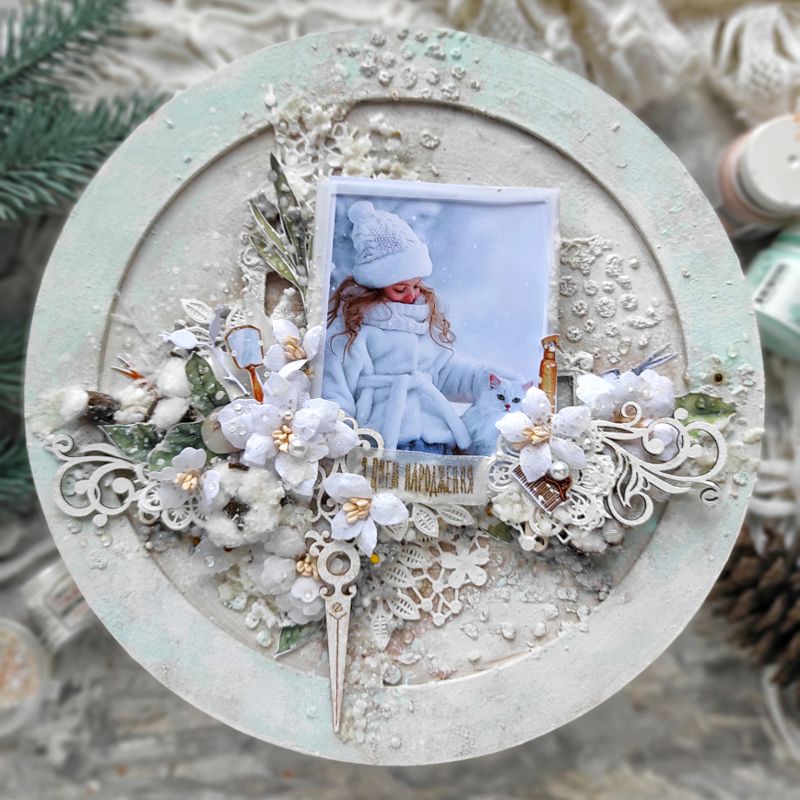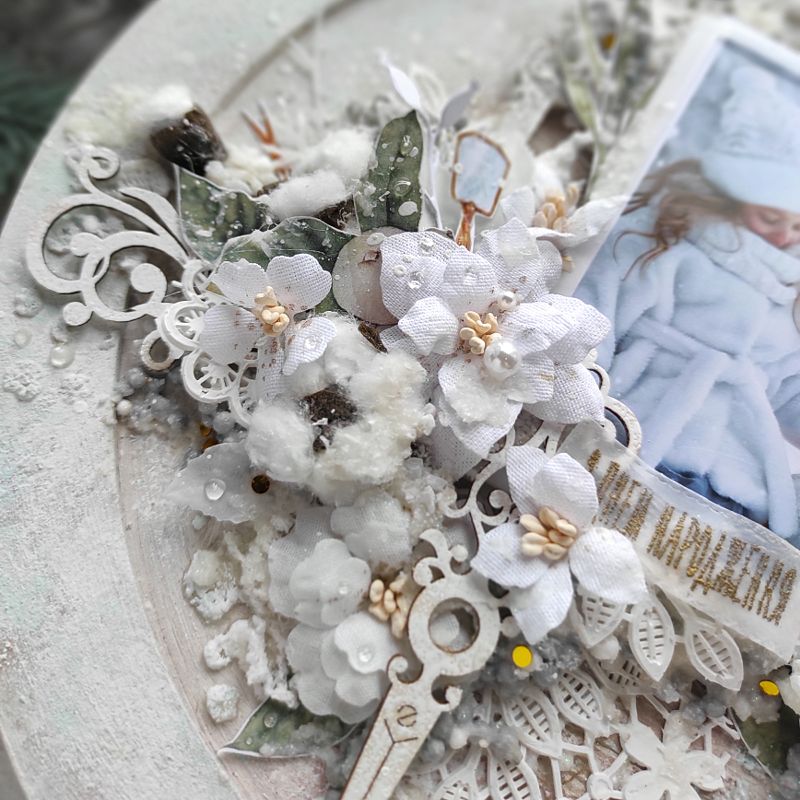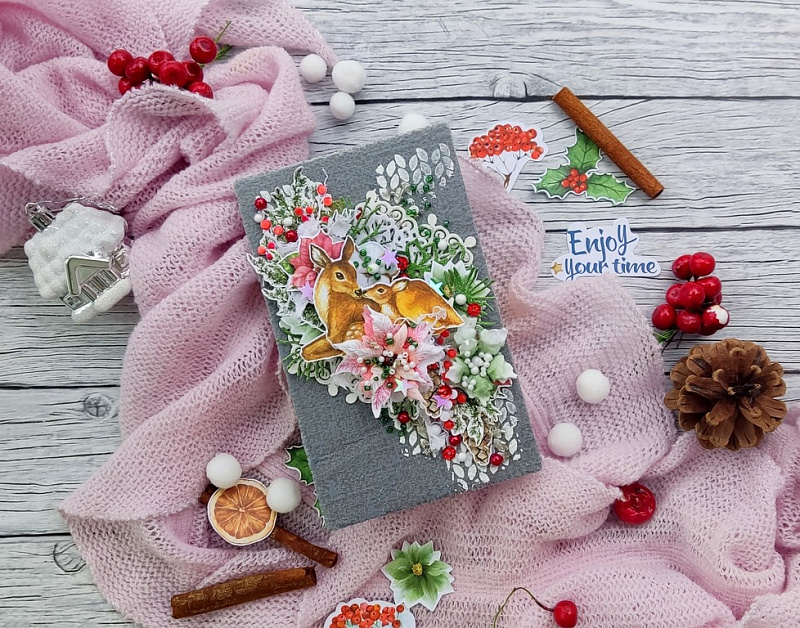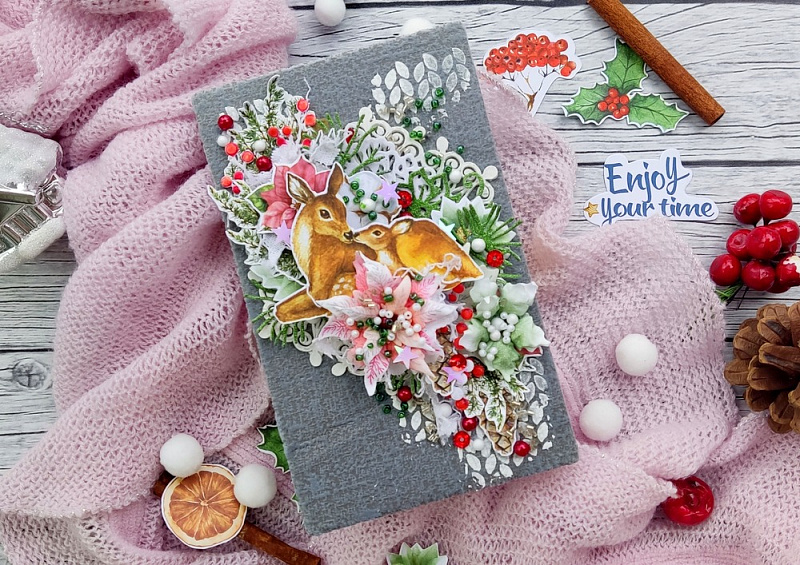Discover the World of Creative Stencils
What are Stencils?
Stencils are versatile tools in art and crafting used to replicate designs and patterns consistently. Perfect for scrapbooking, card making, and other decorative projects, stencils help you add intricate details and artistic imagination.
Using Stencils in Crafting
Stencils can transform your projects with precision and creativity. Whether creating backgrounds, embellishing surfaces, or making consistent patterns, stencils are an essential tool for artists and crafters alike.
Types of Stencil Materials
Commonly made from plastic, metal, or silicone, stencils come in various shapes and sizes to suit any project. Each material offers unique benefits, from flexibility to durability, catering to all crafting needs.
Where to Buy Quality Stencils
Explore a wide range of high-quality stencils at Fabrika Decoru. Visit our website to view our full collection, featuring stencils ideal for any theme or project. Fast shipping and customer satisfaction guaranteed.
Stencils for creativity, decoration and painting
A stencil or template is patterns, symbols, or image outlines cut or etched into a thin material. The material for the stencils manufacture is plastic, thick cardboard, or metal. Usually, stencils are made of PVC, acrylic, and other types of plastic, with a thickness of 0.2mm-1mm. Stencil sizes vary from small to one meter on each side. Most often, stencils have a rectangular or square shape, there are also stencils of round or complex shapes.
All about Stencils
As a rule, stencils are made by high-precision laser machines or industrial plotters. Special stencils are also produced by the method of chemical etching, but this method is laborious, expensive, and complicated, it is used only in the manufacture of electronic circuits.
Humanity has been using the stencil since the earliest times. Due to its versatility and low cost of results of use, the stencil has found application for printing newspapers, magazines, and books. In addition, stencils have been widely used in advertising as a way to produce repetitive images or illustrations.
Stencil technique in the visual arts is also called "pochoir". This technique originated in the Middle Ages and is very laborious to perform. The name comes from the French word "poche", which translates as "bag, bowl, stencil". When working in this technique, a separate form is used - a stencil, through which paint is applied using a special brush. This method of obtaining an image in its technique resembles silk-screen printing.
How to work with a stencil properly?
In order to obtain a pattern on a wall or other flat surface using a stencil, it is applied as tightly as possible to the base, securely fixed so that the stencil does not move during operation. Further, paint or paste is applied through a stencil using an aerosol can or using a sponge, brush or roller. The coloring matter penetrates through the contours of the image cut in the stencil onto the surface to be painted.
Universal stencils are used not only to decorate walls, but also in scrapbooking and decoupage techniques, to decorate postcards, albums, interior items, and even furniture. In addition, through a stencil, you can apply not only paint, but also glue to the surface, and sprinkle the resulting print with glitter or embossing powder, which is then baked using an embossing dryer.
The most important advantage of reusable plastic stencils is their versatility when creating the same images and inscriptions. Stencils for painting and decorating walls are widely used by professional painters, so the possibility of their repeated use significantly reduces the cost and speeds up the process. The main thing is not to forget to thoroughly clean the stencil from the remnants of paint or paste after work.
 FINE FLORA
FINE FLORA ART GLASS
ART GLASS READY-MADE GIFTS and PRODUCTS
READY-MADE GIFTS and PRODUCTS SCRAPBOOKING PAPER
SCRAPBOOKING PAPER FOIL EMBOSSED MATERIALS
FOIL EMBOSSED MATERIALS CREATORS KITS
CREATORS KITS DECO VELLUM & OVERLAYS
DECO VELLUM & OVERLAYS ALL FOR PLANNERS
ALL FOR PLANNERS FAUX LEATHER FOR BINDING
FAUX LEATHER FOR BINDING COLOR CARDSTOCK
COLOR CARDSTOCK FURNITURE, DECORATIONS, ACCESSORIES
FURNITURE, DECORATIONS, ACCESSORIES DIE CUTS AND FRAMES
DIE CUTS AND FRAMES EVERYTHING for DIY PHOTO ALBUMS
EVERYTHING for DIY PHOTO ALBUMS CHIPBOARD EMBELLISHMENTS
CHIPBOARD EMBELLISHMENTS STICKERS
STICKERS FLAIR BUTTONS
FLAIR BUTTONS  ART BOARDS
ART BOARDS DESK ORGANIZERS
DESK ORGANIZERS WOODEN AND MDF BLANKS
WOODEN AND MDF BLANKS DECORATIVE ELEMENTS
DECORATIVE ELEMENTS HOME DECORATION
HOME DECORATION SMART BOXES
SMART BOXES SHADOW BOXES & DOLL HOUSES
SHADOW BOXES & DOLL HOUSES ARTBOXES
ARTBOXES CARDBOARD WRAPPING & BLANKS
CARDBOARD WRAPPING & BLANKS SHAKERS
SHAKERS DECOR AND EMBELLISHMENTS
DECOR AND EMBELLISHMENTS SEQUINS
SEQUINS SPRAYS
SPRAYS DRY PAINTS
DRY PAINTS PAINTS FOR CREATIVITY
PAINTS FOR CREATIVITY LIQUID DOTS and DROPS
LIQUID DOTS and DROPS LIQUID LACE
LIQUID LACE MATERIALS for CREATIVITY
MATERIALS for CREATIVITY PASTES and MEDIUMS
PASTES and MEDIUMS ADHESIVES
ADHESIVES STENCILS
STENCILS SILICONE MATS AND STAMPS
SILICONE MATS AND STAMPS DECOUPAGE
DECOUPAGE ACCESSORIES
ACCESSORIES JARS and BOTTLES for HOBBY
JARS and BOTTLES for HOBBY GIFT CERTIFICATE
GIFT CERTIFICATE CARDBOARD BOXES
CARDBOARD BOXES CHRISTMAS GIFTS, BLANKS and DECORATIONS
CHRISTMAS GIFTS, BLANKS and DECORATIONS EMBOSSING POWDERS
EMBOSSING POWDERS